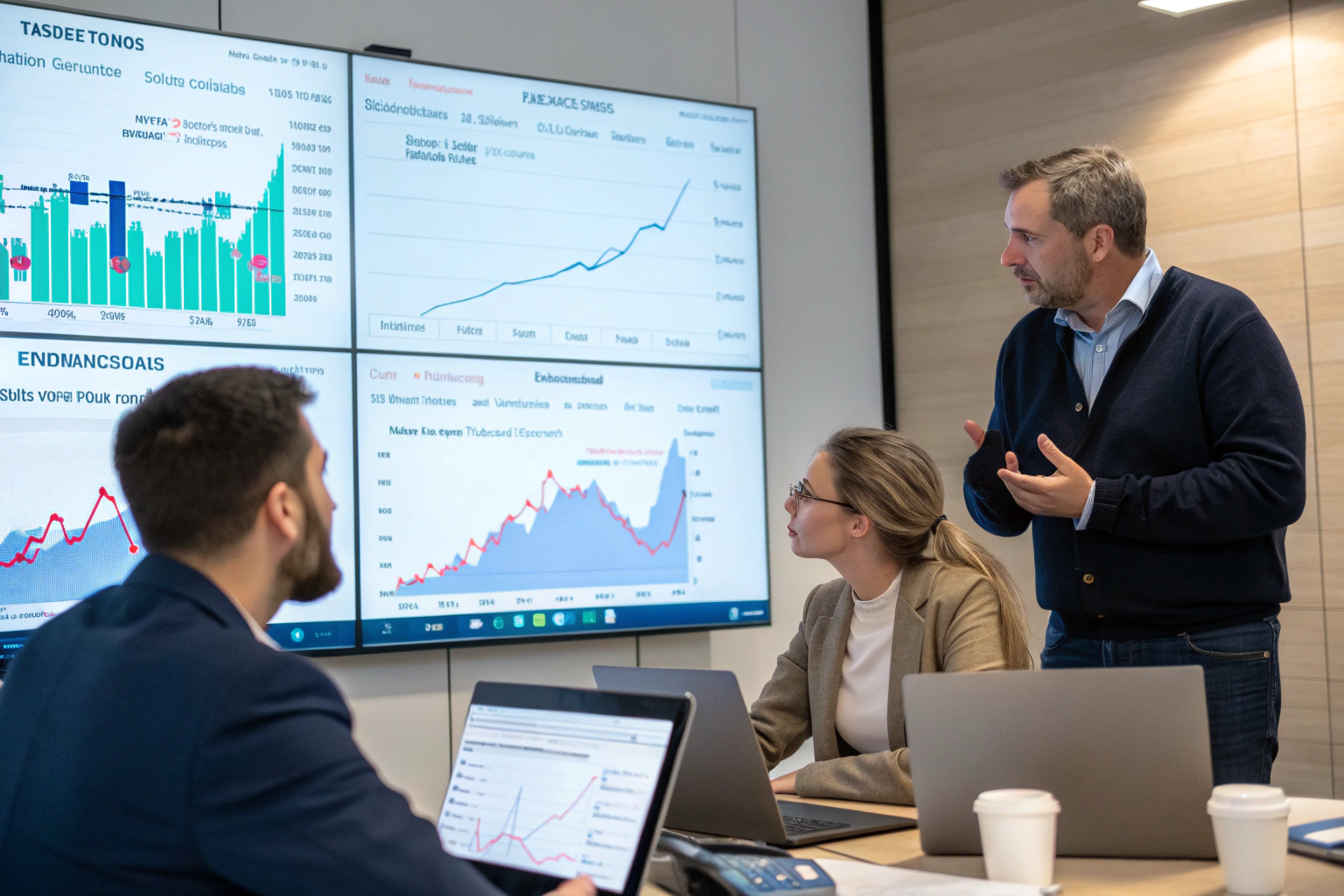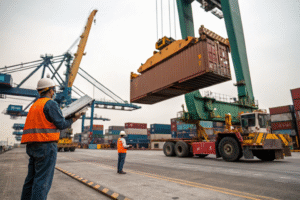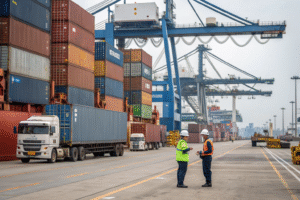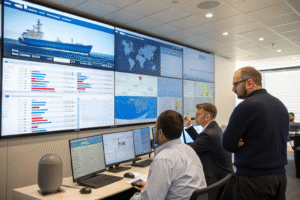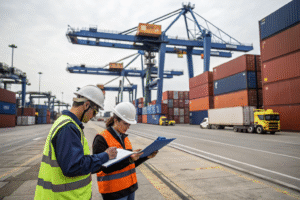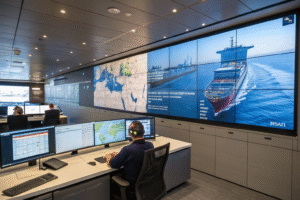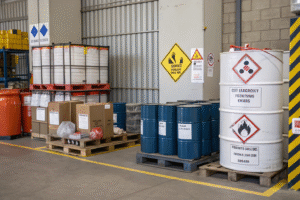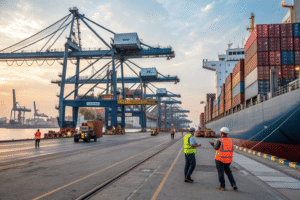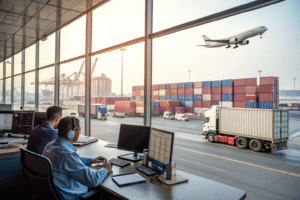The announcement of new US tariffs on Chinese imports in 2025 has created significant uncertainty for businesses engaged in cross-border trade. Many companies are concerned about how these changes will impact their profitability and competitive position. Understanding the potential effects and planning appropriate responses is crucial for maintaining business viability in this new trade environment.
The 2025 US tariffs on China will likely increase landed costs for many imported goods, potentially reducing profit margins by 10-25% depending on product category. However, strategic businesses can mitigate these impacts through supply chain diversification, tariff engineering, customs optimization, and potential exclusions.
Let's examine the specific ways these tariff changes may affect your business finances and explore practical strategies to protect your bottom line in the evolving trade landscape.
What products are most affected by the new tariffs?
The 2025 tariff measures target specific sectors where the US aims to boost domestic production or address perceived trade imbalances. Understanding which products face the highest increases is the first step in assessing your specific exposure and developing appropriate response strategies.
Based on current trade policy directions, electronics, consumer goods, industrial components, and certain textiles appear likely to face significant tariff increases. The exact percentage increases vary by product category, with some facing additional duties of 10-25% above current rates. Products containing strategic materials or competing with emerging US industries may see the steepest increases. We're closely monitoring official announcements to provide clients with precise HS code-specific guidance as details become available.
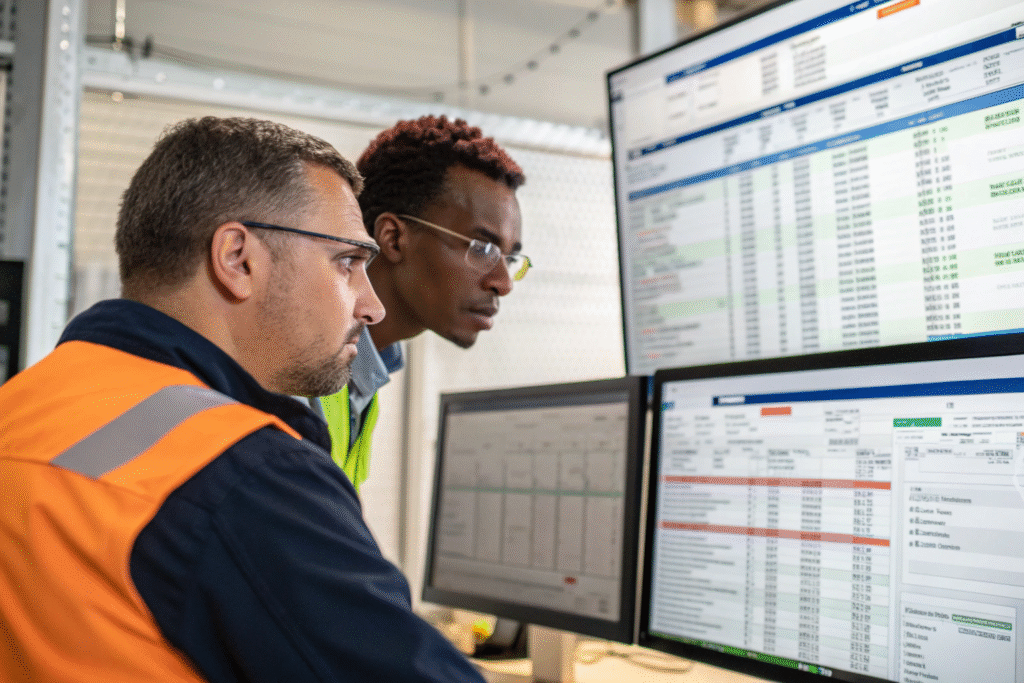
How can you identify your specific tariff exposure?
Accurate assessment begins with precise product classification. We recommend:
- HS code verification ensuring correct classification under the new schedules
- Product component analysis identifying imported elements within finished goods
- Supply chain mapping tracing all China-sourced components regardless of assembly location
- Historical duty payment review establishing baseline cost impacts
- Scenario modeling projecting different tariff rate outcomes
This systematic approach provides the clarity needed to make informed decisions rather than reacting to generalized fears about tariff impacts.
Which industries face the greatest challenges?
Some sectors face particular vulnerability due to their reliance on Chinese manufacturing. These include:
- Consumer electronics with complex global supply chains
- Furniture and home goods with high labor content
- Industrial machinery requiring specialized components
- Textiles and apparel with established production ecosystems
- Automotive parts with just-in-time delivery requirements
Businesses in these sectors should prioritize developing comprehensive response strategies to address their heightened exposure.
What strategies can mitigate tariff impacts?
While tariff increases present challenges, numerous legal and strategic approaches can help minimize their financial impact. Businesses that act proactively can often absorb or offset much of the cost increase, maintaining their competitive position and profitability.
The most effective approaches include supply chain diversification, tariff engineering, customs procedure optimization, and leveraging available exclusion processes. Each business requires a tailored combination of these strategies based on their specific products, supply chain structure, and market position. Early movers typically achieve the best outcomes, as they can secure alternative capacity before market-wide shifts create shortages and price increases.
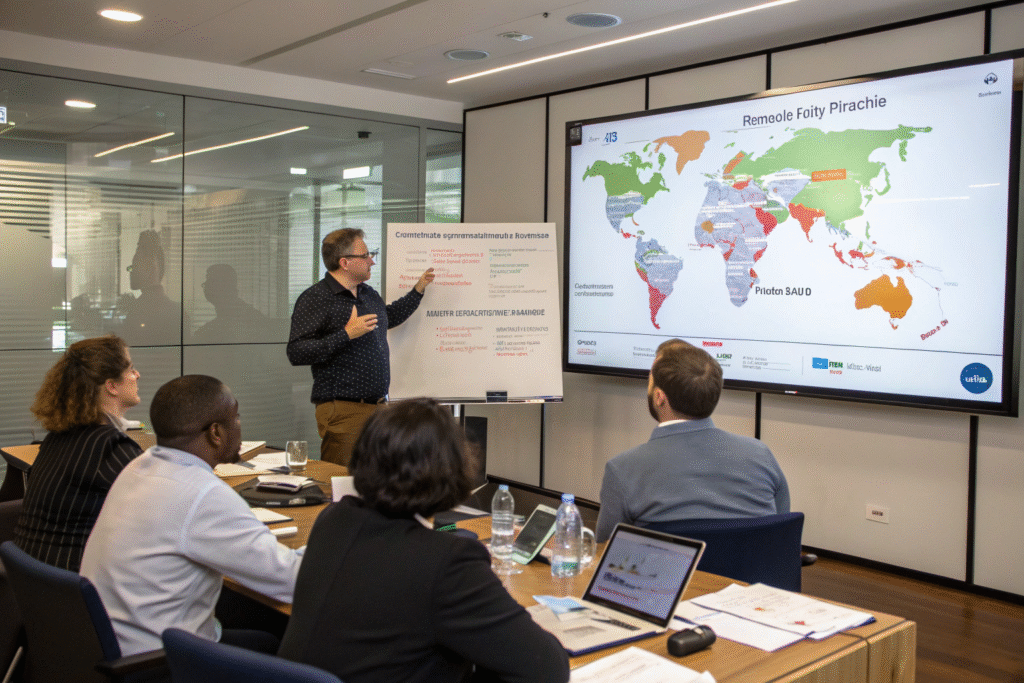
How effective is supply chain diversification?
Establishing alternative sourcing locations represents one of the most powerful responses to tariff increases. Successful diversification requires:
- Phased transition planning avoiding sudden supply disruptions
- Quality assurance systems maintaining product standards across locations
- Logistics optimization adapting transportation routes for new origins
- Cost-benefit analysis weighing tariff savings against increased production costs
- Relationship building with reliable suppliers in alternative markets
Vietnam, Mexico, India, and Eastern European countries are seeing increased interest as companies seek to reduce China dependency while maintaining cost competitiveness.
What is tariff engineering and how does it work?
Tariff engineering involves legally modifying products or their classification to qualify for lower duty rates. This may include:
- Component-level importation rather than finished goods where rates differ
- Minor product modifications changing HS code classification
- Assembly operations in third countries or US foreign trade zones
- Product description adjustments ensuring accurate classification
- First sale rule applications for multi-tiered transactions
These approaches require careful legal analysis but can yield significant duty savings when properly implemented.
How can customs expertise reduce your costs?
Many businesses pay more in duties than necessary due to incomplete understanding of customs regulations and available savings opportunities. Professional customs management can identify legitimate cost reduction avenues that individual importers often overlook.
Strategic approaches include preferential trade agreement utilization, duty drawback recovery, foreign trade zone operations, and bonded warehouse strategies. Each of these mechanisms offers legal pathways to reduce, defer, or recover duty payments. The savings potential typically ranges from 5-15% of total landed costs, making customs expertise particularly valuable in a higher-tariff environment.
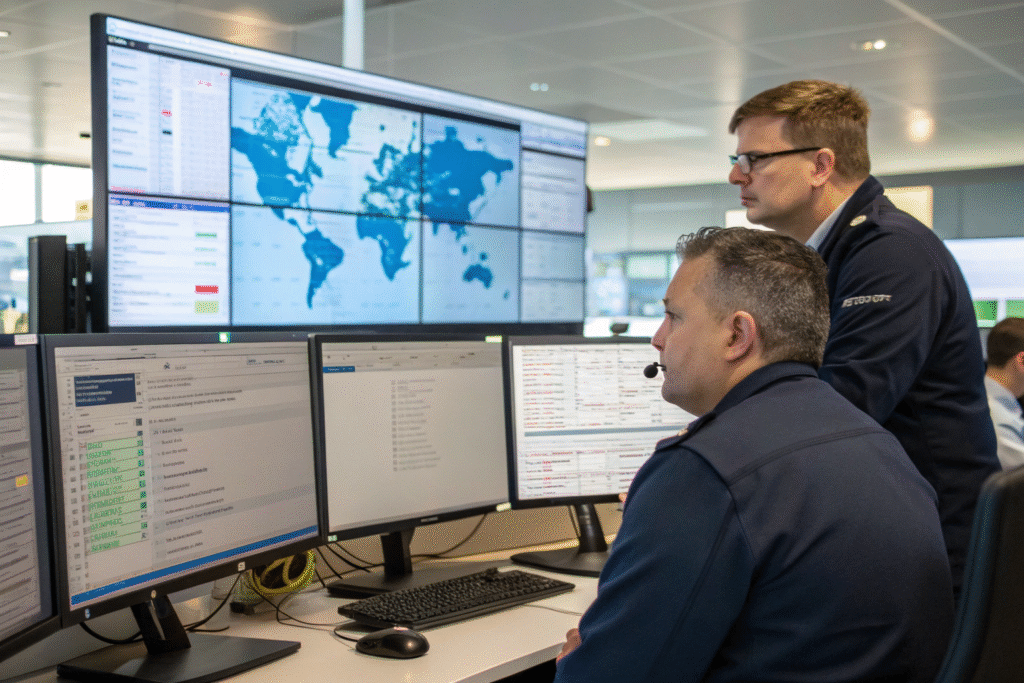
What role do trade agreements play in tariff mitigation?
Despite increased general tariffs, preferential trade agreements continue to offer duty savings opportunities:
- Rules of origin analysis ensuring products qualify for preferential treatment
- Certificate of origin management maintaining proper documentation
- Agreement monitoring identifying new opportunities as relationships evolve
- Regional content optimization structuring supply chains to meet requirements
- Compliance systems ensuring ongoing eligibility for preferential rates
These agreements can provide complete or partial exemption from increased tariff rates for qualifying goods.
How can duty drawback recover your costs?
Duty drawback allows businesses to recover 99% of duties paid on imported goods that are subsequently exported or destroyed. This valuable program offers significant savings for companies that:
- Import components for manufacturing and export finished products
- Re-export imported goods in same condition
- Maintain detailed records of import and export transactions
- File timely claims within statutory deadlines
- Manage complex documentation requirements
As tariffs increase, the financial benefit of drawback programs grows proportionally, making them more valuable for eligible businesses.
What financial planning adjustments are necessary?
Tariff changes require businesses to revisit their financial models and operational assumptions. Companies that quickly adapt their pricing, sourcing, and inventory strategies typically weather tariff impacts more successfully than those who treat them as simple cost increases.
Essential adjustments include revised pricing models incorporating higher landed costs, inventory strategy optimization balancing carrying costs against tariff timing, cash flow planning for duty payment timing, and product mix evaluation focusing on less impacted categories. These financial adaptations help maintain profitability despite the challenging trade environment.
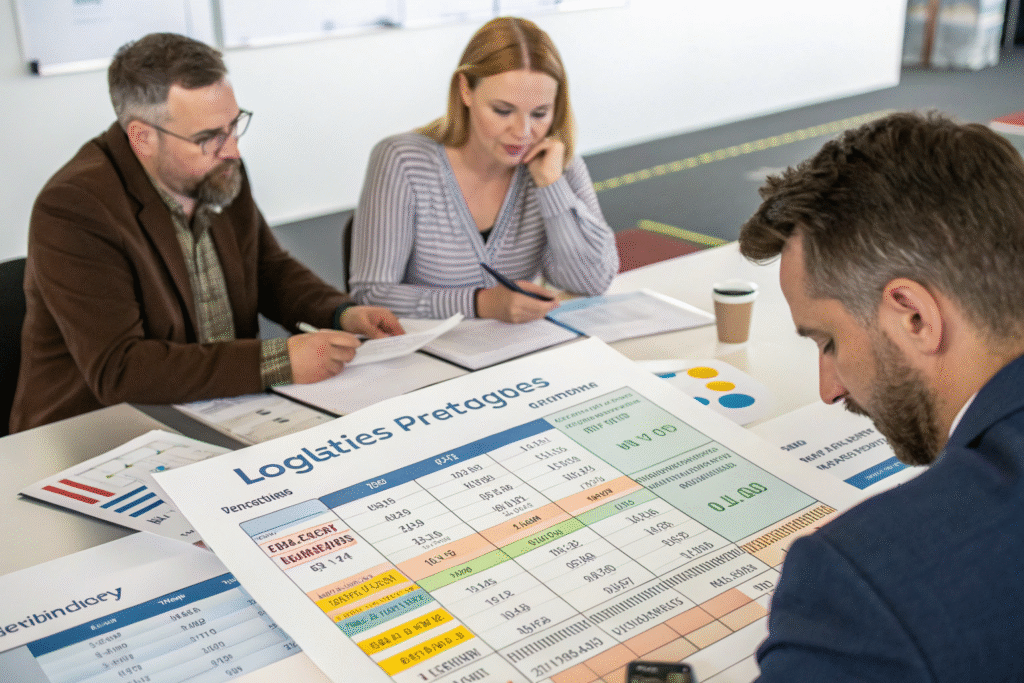
How should pricing strategies evolve?
Effective pricing in a higher-tariff environment requires:
- Tiered price increases rather than across-the-board adjustments
- Value communication justifying price changes to customers
- Product bundle adjustments maintaining overall margin targets
- Channel-specific pricing reflecting different competitive pressures
- Phased implementation managing customer relationships carefully
Businesses that transparently communicate the reasons for price changes often achieve better customer acceptance than those implementing stealth increases.
What inventory management changes are needed?
Tariff changes make certain inventory approaches more or less attractive:
- Pre-tariff stockpiling where storage costs justify duty savings
- Just-in-time adjustments balancing carrying costs against duty payments
- Safety stock recalibration reflecting potential supply chain disruptions
- Inventory valuation updates reflecting higher product costs
- Obsolescence management for potentially discontinued products
These inventory adaptations help optimize total costs rather than focusing solely on tariff minimization.
Conclusion
The 2025 US tariffs on China present significant challenges for importers, but they also create opportunities for strategic businesses to strengthen their supply chains and improve their competitive positioning. By combining supply chain diversification, customs optimization, strategic sourcing, and financial adaptation, businesses can mitigate much of the financial impact while building more resilient operations. The companies that approach these changes as an impetus for improvement rather than simply a cost increase will likely emerge stronger and better positioned for long-term success in the evolving global trade landscape.
